2025 Free Agency: Decoded
As the 2025 WNBA Draft approaches in April, some of the most talented players in the world are entering free agency. Two-time WNBA Champion DeWanna Bonner is an unrestricted free agent. Veteran superstar and 2016 WNBA Champion Nneka Ogwumike is back on the free agency market, and 2014 WNBA Champion Brittney Griner can potentially relocate her lockdown defense, as she is also now a free agent.
A significant shift is coming across the W, so let’s dive into understanding and decoding the terminology and principles behind that shift. The language of the collective bargaining agreement and the off-season can be complicated. Still, by breaking it down, we can cultivate a better appreciation of what the free agency period entails.
First and foremost, the 2025 season has already technically started!
Each season, the salary cap year starts on January 1st and goes through December 31st of the same calendar year. The WNBA has a hard salary cap- the maximum allowable team salary. In essence, there isn’t the flexibility to go over the cap in any capacity outside of hardship exceptions granted to teams due to injury.
Teams also have a salary cap floor, which they can start the season under and be under throughout the season, but it needs to be met by the end of the season. So, for initial free agency, this matters less.
With the 2025 league calendar now underway, it’s important to note the specific dates that matter and the different types of Free Agents.
There are Unrestricted Free Agents (UFA) and Restricted Free Agents (RFA).
Unrestricted Free Agents (UFA)
A UFA is a player who can negotiate with any team during the free agency period without hindrance. They can negotiate contracts starting on January 21st and, on February 1st, enter into a negotiated agreement.



Restricted Free Agents (RFA)
An RFA is a player with four years of service whose contract has expired and who receives a qualifying offer from their previous team.
To provide further context, for a player who is out of contract and has four years of service in the WNBA (coming off their fourth-year team option in a Rookie Scale contract, or otherwise), the team can send a Restricted Qualifying Offer to the player between January 11th to January 20th. If the team decides not to offer a Qualifying Offer (QO), the player will be a Free Agent on February 1st.
Let’s use DiJonai Carrington as a reference, as she just completed her fourth year of service. Carrington received a qualifying offer on January 17th from the Connecticut Sun, her team this previous W season, making her an RFA.
If the club declined to offer a Qualifying Offer, Carrington would’ve become an unrestricted free agent, free to sign with any team starting on February 1st.
Starting on January 21st, RFAs can negotiate an offer sheet with a team other than their last team. However, that player’s prior team has a “Right of First Refusal” (the team can match the offer sheet.) If the team matches the offer sheet, the player signs a contract with the original team on the terms agreed upon with the new club.
(Offer sheets must be for a multi-year contract.)

Core Players
You’ve probably heard of the term “Coring a Player,” I like to think of it almost as the WNBA’s version of a franchise tag. An organization can, at maximum, core one veteran free agent.
A Core Qualifying Offer is a fully guaranteed one-year deal worth the supermax that both UFA and RFA’s are eligible for. A Core Designation contract is a one-year deal on the maximum base salary.
If a player receives a Core Designation, the team that designates them as such is the only team with which a player can sign or negotiate a contract during the free agency period. But the team and player can still negotiate a move elsewhere if both parties desire. Most recently, Los Angeles and Jordin Canada completed a sign-and-trade to Atlanta while under the Core Designation last offseason.
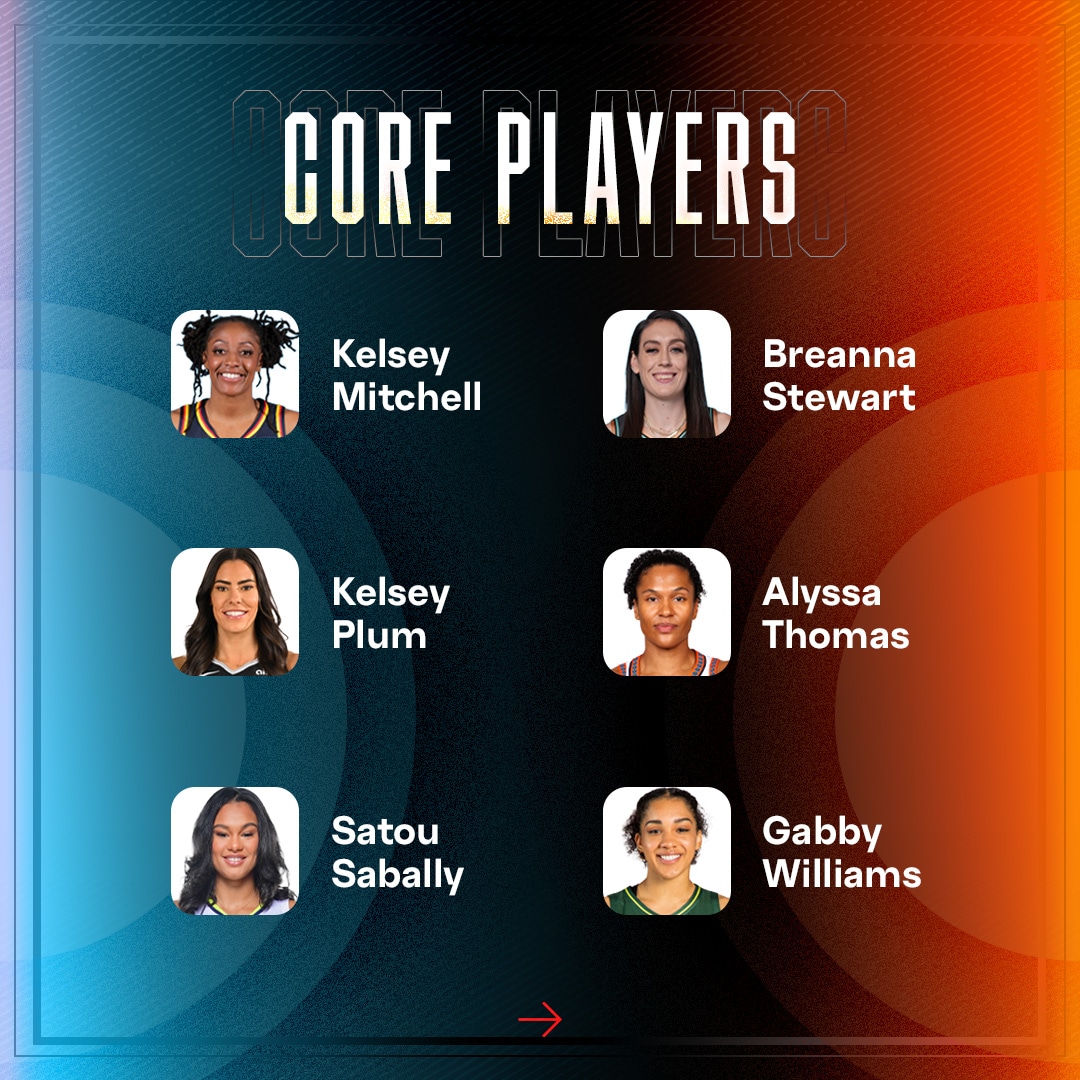
Reserved Players
Lastly, we have Reserved Players. Any player with three years of service or fewer will become a Reserved Player if their previous team extends them a Reserved Qualifying Offer anytime between January 11th and 20th, thus subject to that team’s exclusive negotiating rights.
If the club declines to offer the player a contract, they will become a UFA on February 1st.
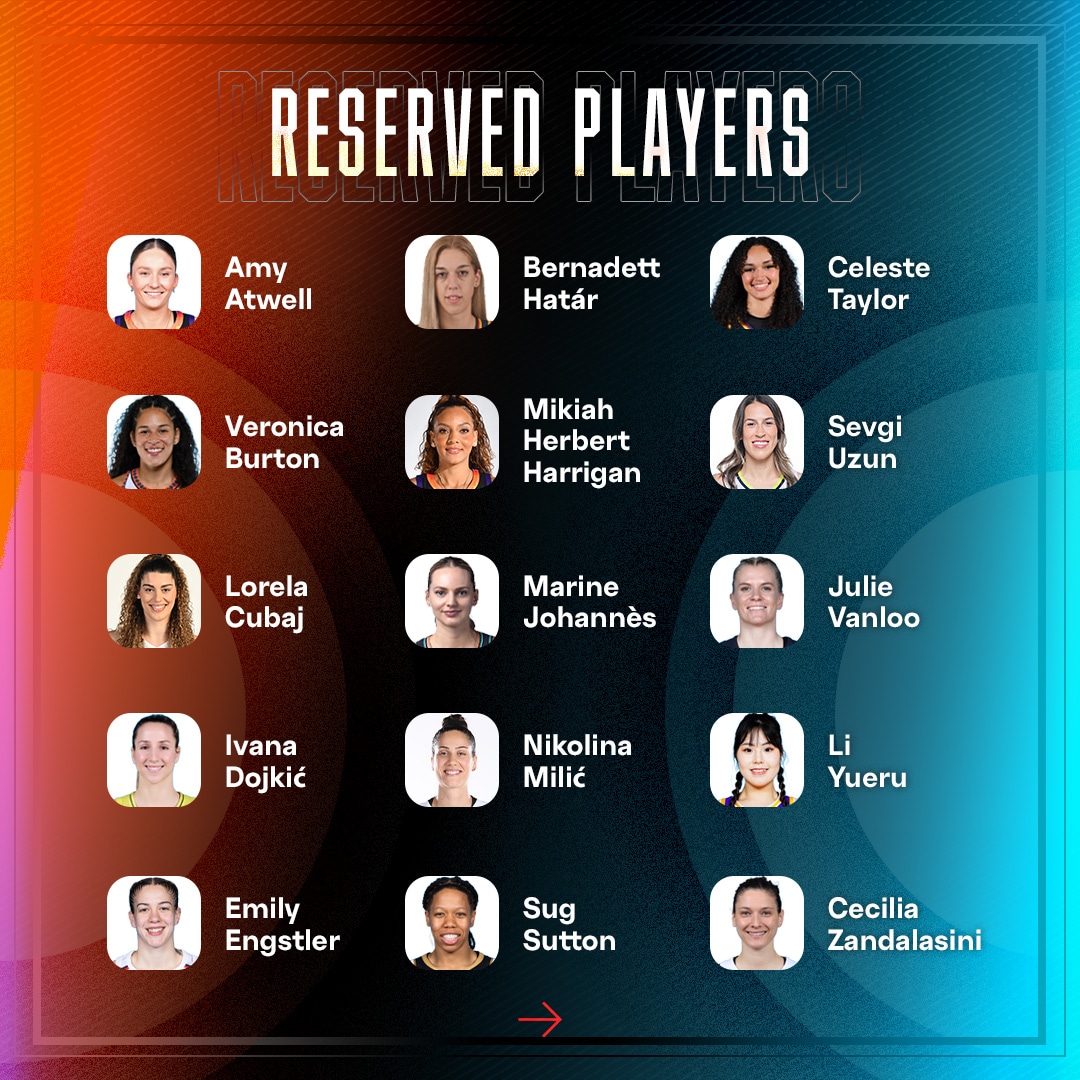
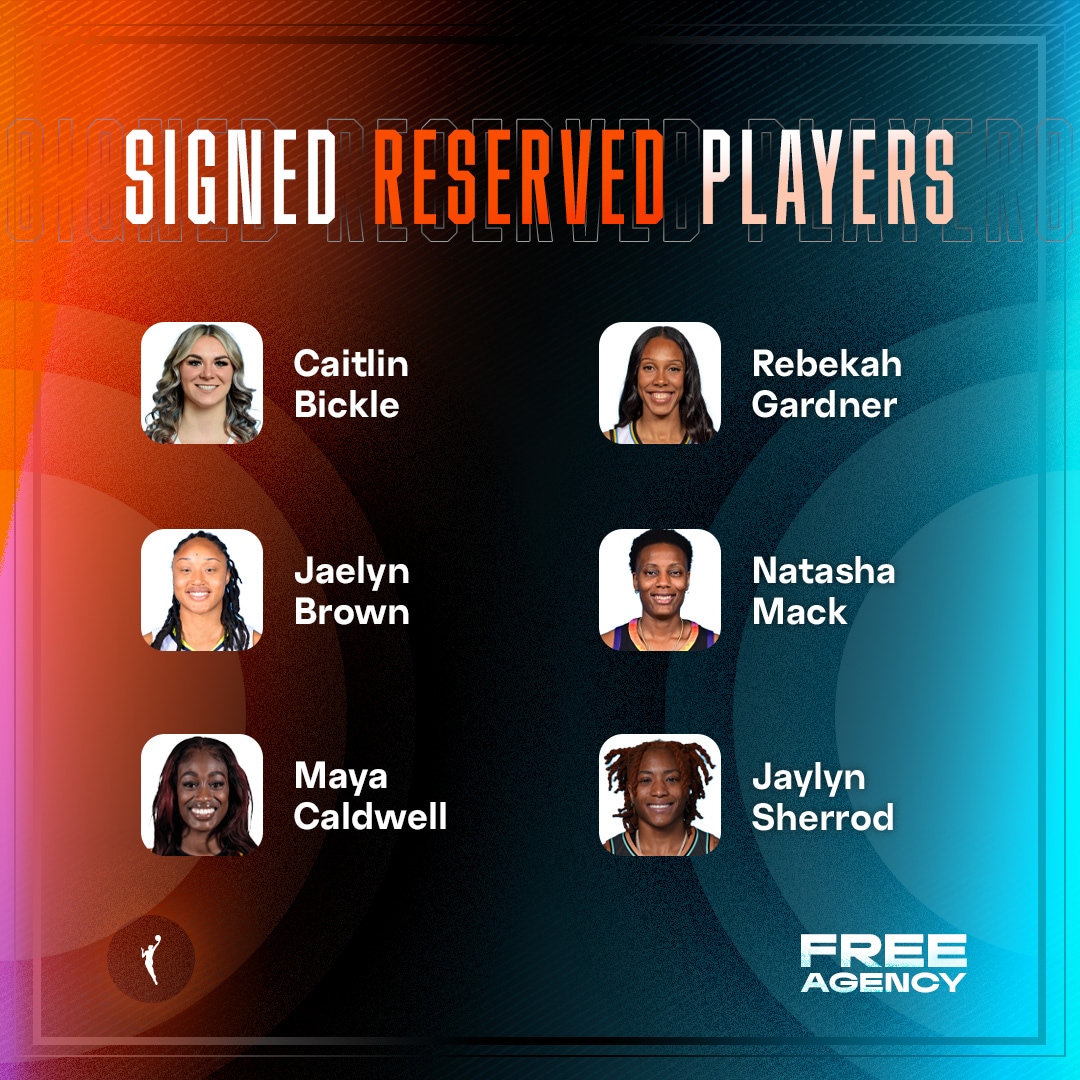
The maximum number of players that any team can roster is 12, while the minimum is 11. If a team is below 11 players during the regular season, they have 72 hours from the date of the roster move that sets them below to fill out the roster. However, hardship exceptions granted by the league due to injury can allow a team to exceed 12 rostered players.
As free agency and the off-season simultaneously heat up, it’s worth keeping these essential rules and principles in mind!
Be sure to keep up with all signings, moves, and news with us as it unfolds!
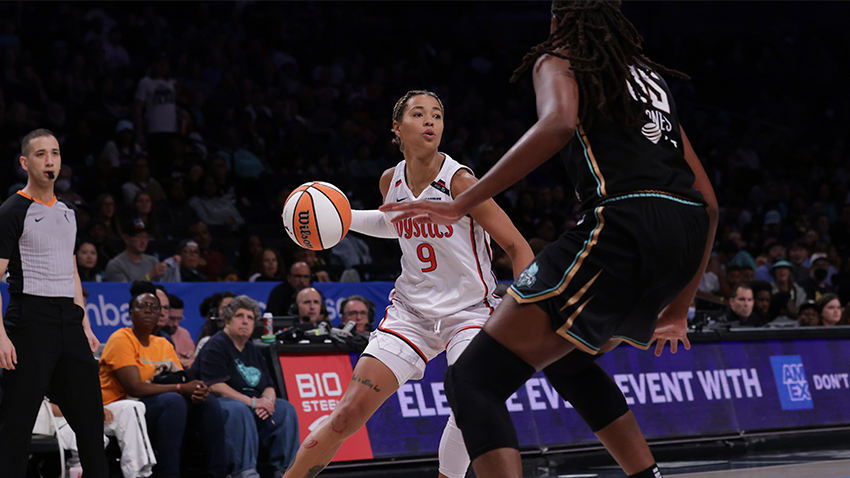,xPosition=.5,yPosition=.5)
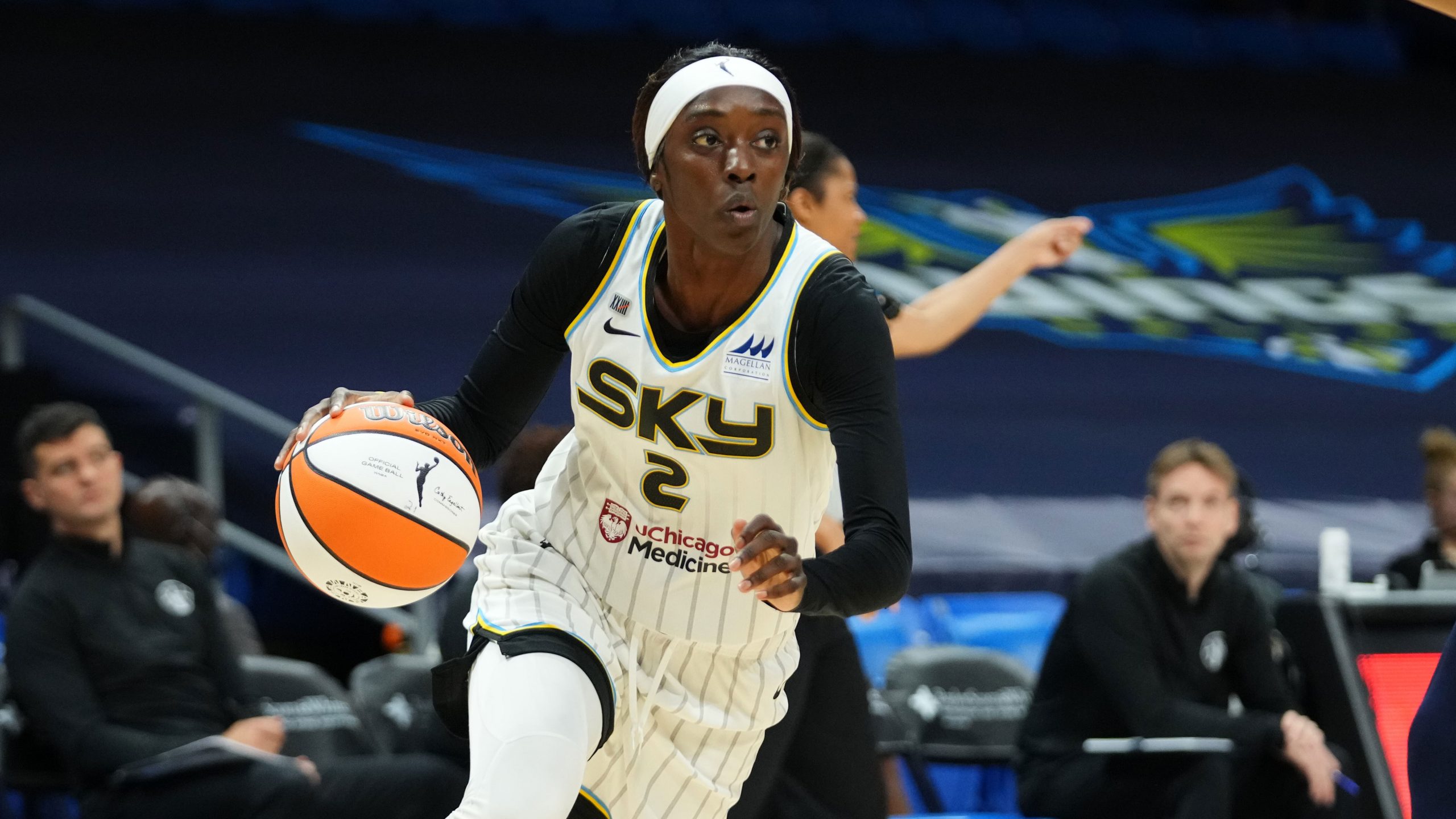,xPosition=.5,yPosition=.5)
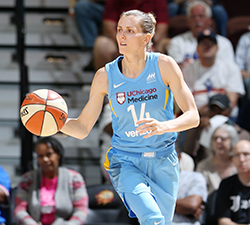,xPosition=.5,yPosition=.5)
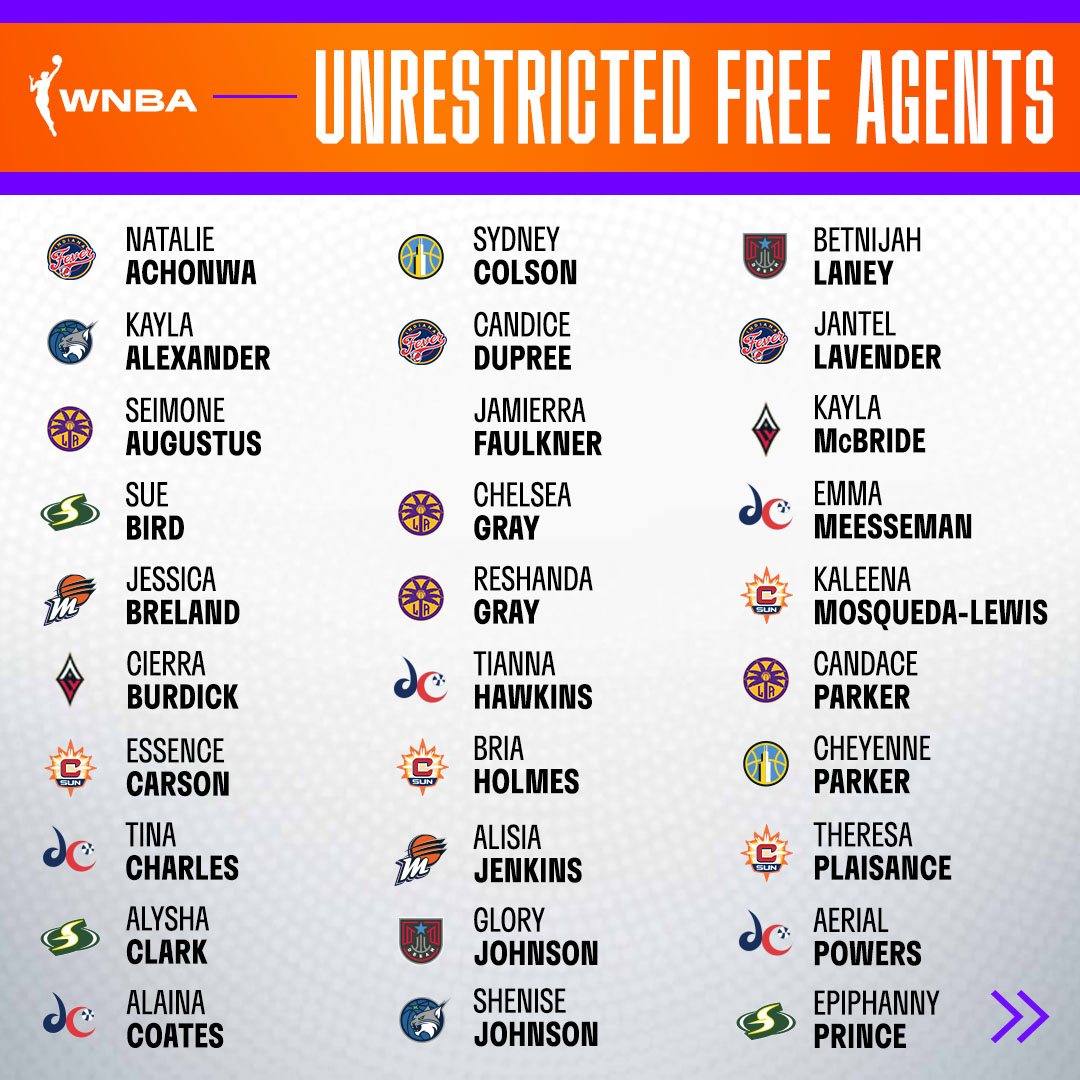,xPosition=.5,yPosition=.5)